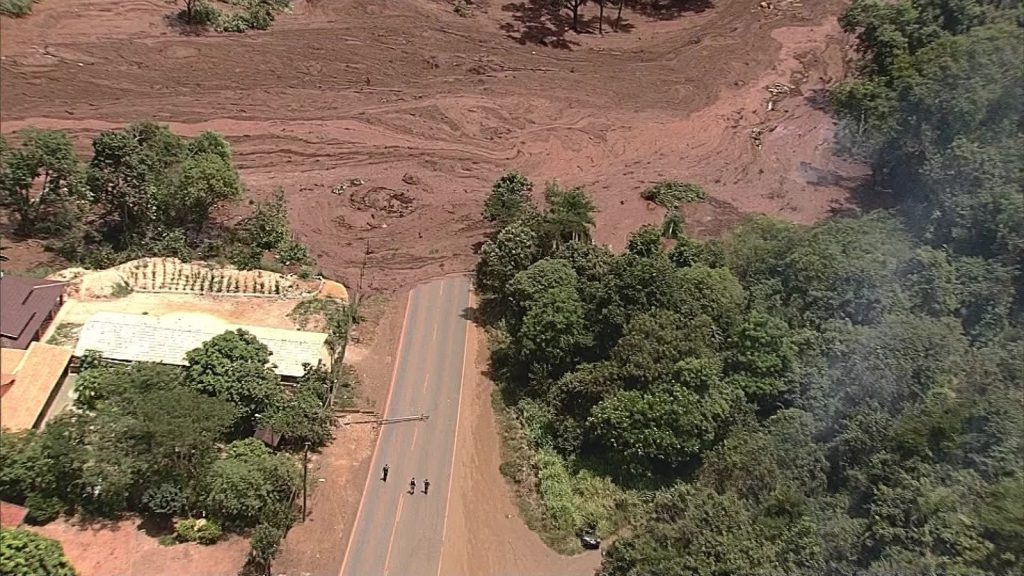
Brazil’s mining agency plans to ban upstream tailings dams used for storing mining waste, a director at the National Mining Agency (ANM) said on Thursday, after such a dam burst last month, likely killing at least 300 people.
It was not immediately clear what kind of deadline the dam operators would face to take down or convert the dams
Eduardo Leão, a director at ANM, said the agency aims to issue an ordinance on Friday requiring that such dams be taken down or converted into other types of dams.
A tailings dam at a Vale SA iron ore mine in the southeastern state of Minas Gerais burst on Jan. 25, releasing a torrent of sludge that buried buildings and people. At least 150 people were killed and 182 are missing and presumed dead after the disaster in the town of Brumadinho.
Brazil has 88 upstream tailings dams, according to Leão. It was not immediately clear what kind of deadline the dam operators would face to take down or convert the dams.
The cause of the disaster remains unknown. A state regulatory official told Reuters last week that evidence suggested the dam burst because of liquefaction, a process where solid materials like sand lose strength and stiffness and behave like a liquid.
Vale’s dam in Brumadinho was built using the cheapest and least stable type of tailings dam design, known as an “upstream construction.” Upstream dams are waterlogged and therefore susceptible to cracks that can cause bursts.
A third-party audit of the dam conducted last year found cracks in drainage channels and recommended improvements in monitoring, according to the audit report reviewed by Reuters earlier this week.
(By Jake Spring; Editing by Bernadette Baum)
Click here for complete coverage of the dam burst at Vale’s Córrego do Feijão mine